How is climate change altering the way we garden? We asked head gardeners at National Trust properties up and down the UK how they were having to adapt to climate change while still preserving the history and heritage of their garden in the process. All of the gardeners acknowledged the changes in climate – from floods to drier summers – and the need to adapt their practises. Read their responses and explanations of the challenges they face below.
Rosie Fyles, head gardener at Chiswick House and Gardens, London
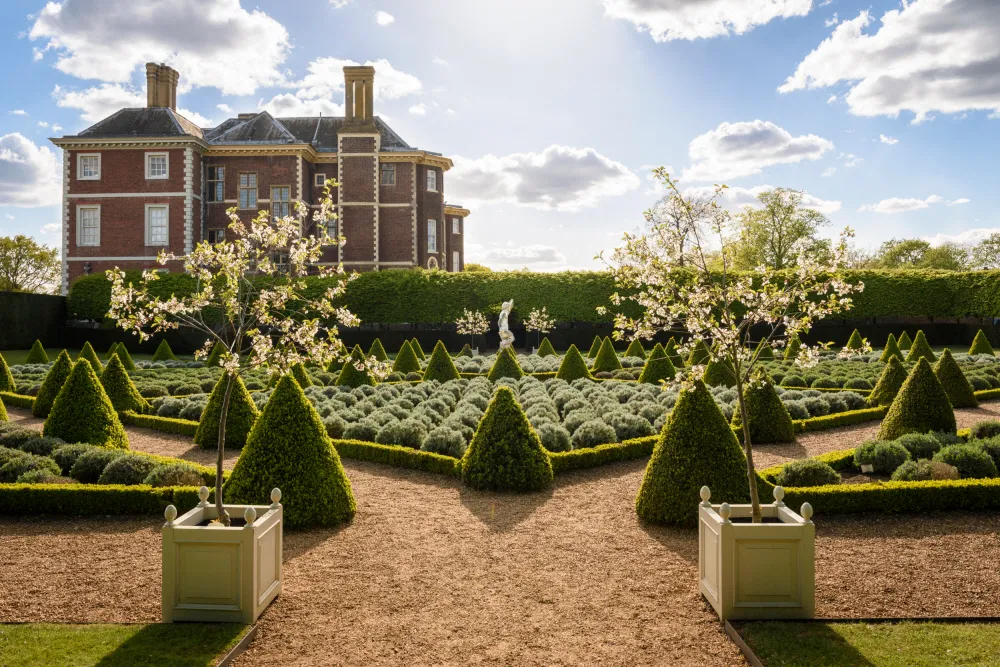
Climate change has meant our day to day seasonal assumptions no longer stand – the growing season can be almost all year round and rainfall is unpredictable or unseasonal. This has massive implications for gardens, plants and gardeners – full of opportunity (Mediterranean diet anybody?) and fraught with challenge, from water management to weed control.
In order to address climate change issues and make sure we are in tune with the history and heritage of the garden, we balance the influence of history with the present-day reality of sustainably caring for plants and garden features in a changing context. This has always been the case in heritage gardens – at Ham the River Thames doesn’t freeze like it used to, for example! However now ‘right plant, right place’ is even more relevant. We apply ‘17th-century, right plant, right place’ to our formal, period planting decisions with an eye to the plant’s lifespan and climate predictions.
The biggest challenge is correct information: we need accurate data on changing weather patterns and how the garden will need to adapt. We have just planted an orchard of 30 apple trees and we have factored the climate in 30-50 years into our design and plant choice decisions.
Anthony Mason, head gardener at Cliveden, Buckinghamshire

A number of recent summers have been particularly hot, impacting on both seasonal bedding displays and formal lawns. Our Victorian-inspired bedding schemes have required more regular watering, though with a carefully targeted irrigation system, water usage is both efficient and kept to a minimum.
When it comes to adapting to climate change, whilst also representing the history and heritage of the garden, we look to the archive of historic documents at Cliveden. They offer details of how some of the gardens were laid out in the past. One garden area previously had a long border filled with aromatic plants, the silver and grey foliage better able to cope with hotter summers. A return to this planting style, even in part, would enable the gardeners to grow a more sustainable variety of plants with a potentially reduced watering requirement, while still remaining true to the garden’s history and spirit.
Sarah Witts, head gardener at Lyme Park, Cheshire
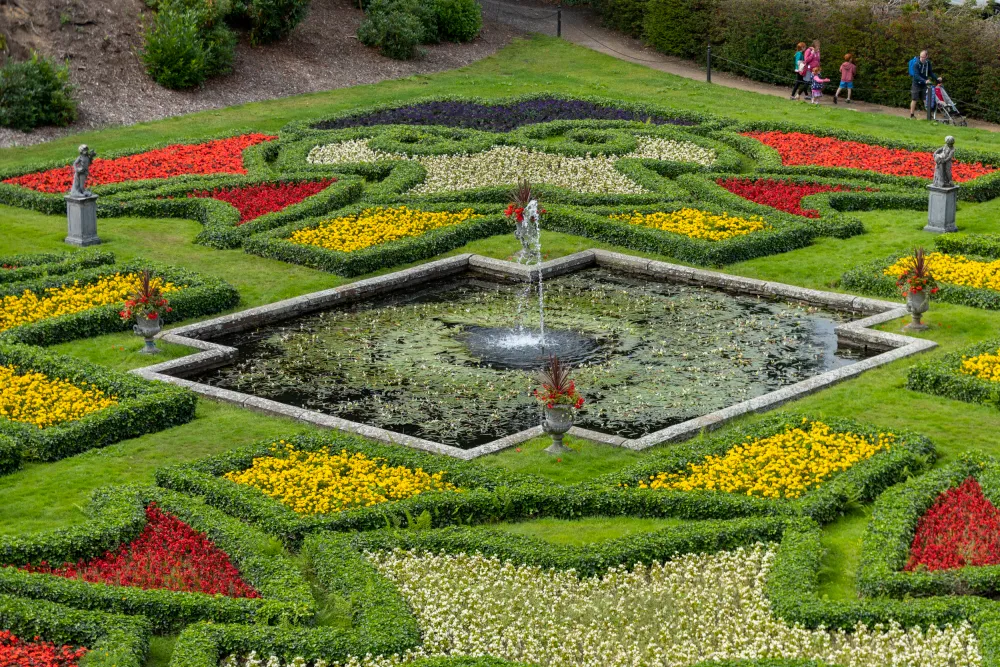
As Lyme is situated 250m above sea level on the edge of the Peak District, the climate has always presented a challenge to its gardeners. For us, the milder winters are allowing us to extend the range of plants we grow and we’ve moved our bedding-out date forward by two weeks. On the downside, prolonged dry spells followed by torrential rain have increased the risk of flash flooding.
The biggest challenge we’re facing at the moment is the risk of flash flooding. We’re looking at a range of methods to reduce the risk of flooding and make the garden more resilient to flooding should it occur. Plans include slowing the flow of water draining from the moorland above the garden, improving the drainage network, subtly adjusting levels within the garden to contain flood water and adjusting planting schemes to make them more flood resilient.
Cailean Stewart, gardener at Nunnington Hall, North Yorkshire

We are transitioning into more environmentally sound practices across all aspects of the garden. For the past five years, as petrol and diesel equipment is decommissioned, we have replaced it with lithium battery equipment. We limit journeys by using local suppliers wherever possible.
We plant native species in our woodlands, hedgerows and formal borders as much as we can. We also choose flowering plants that are accessible to pollinators. There is concern that our gardens will become drier and hotter and while that has been true in recent years, we also experience wet and mild winters. This hasn’t yet affected our planting mix but has impacted our timings and aftercare. As to the future, we will continue to create homes for wildlife and showcase organic, sustainable garden management. Recently we altered our mowing regime to accommodate more wild grassy areas and adjusted cutting heights to encourage plants such as dandelions, selfheal and clover to provide nectar and pollen food sources.
Dene Wood, head gardener at Clumber Park, Nottinghamshire
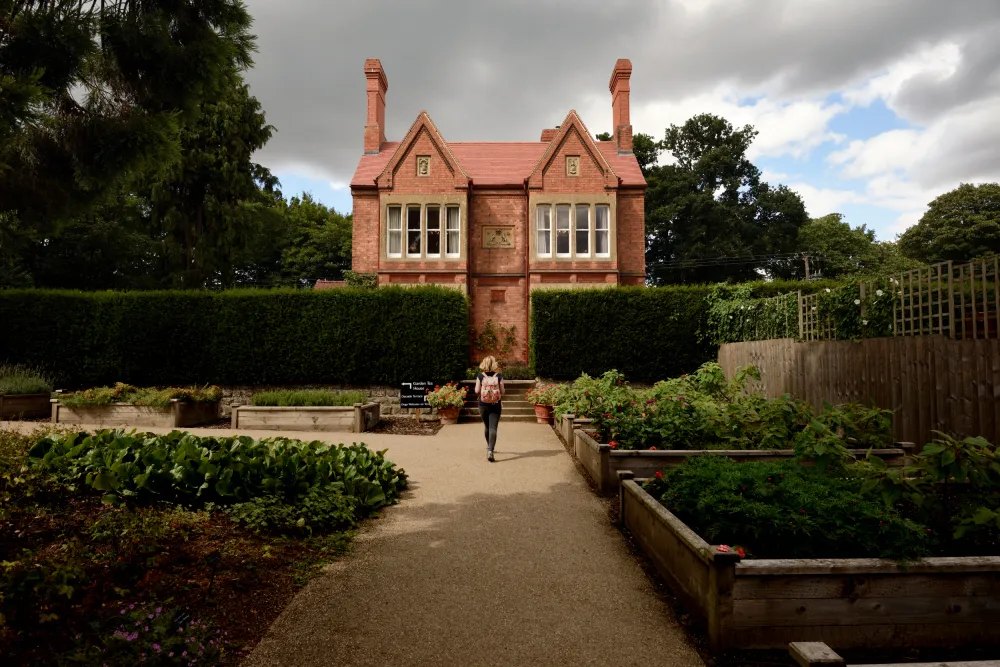
Climate change has meant we are very conscious of our water use. Watering at cooler times of the day, harvesting rainwater and using mulches are all strategies we employ. An example is the recently adopted no-dig method for raising vegetables, which is hugely beneficial in terms of water use and of course the amount of weeding and digging needed to maintain. In short we can get more produce from a smaller footprint with less input of labour and water. We aim to future-proof as much as possible, but not at the cost of heritage.
In the last few years we’ve seen a lot of new pests and diseases that are linked to globalisation and the changing climate. Stressed plants are more susceptible and less able to defend against pathogens and pests and we are always mindful of this when sourcing replacements – thinking 20, 50 or even 100 years ahead.
Damian Mitchell, head gardener at Lytes Cary Manor, Somerset
For the past four years we have been installing irrigation to deal with hotter summers and drought as a result of climate change. We are also making and spreading more mulch (around 8-10 tonnes a year) to help retain moisture. In some parts of the garden lawn areas are being left longer to help the grass better resist stress.
To balance how we're adapting with making sure the garden's history and ethos is preserved we choose plants that are more resilient, yet still in keeping with the ethos of the garden. For example, grasses, silver-leaved plants and later-flowering plants like rudbeckia and helenium are resilient but still fit the colour scheme and flow of the garden.
Our biggest challenge is coping with extremes. For example, the borders are south facing and ‘bake’ in summer, yet in wetter winters can become waterlogged because of the heavy clay soil. A lavender garden sits in a low-lying area, also vulnerable to waterlogging. Much work is done adding grit and aerating the soil to help plants withstand these extreme conditions.
Amanda Thackeray, gardener at Wordsworth House and Garden, Cumbria
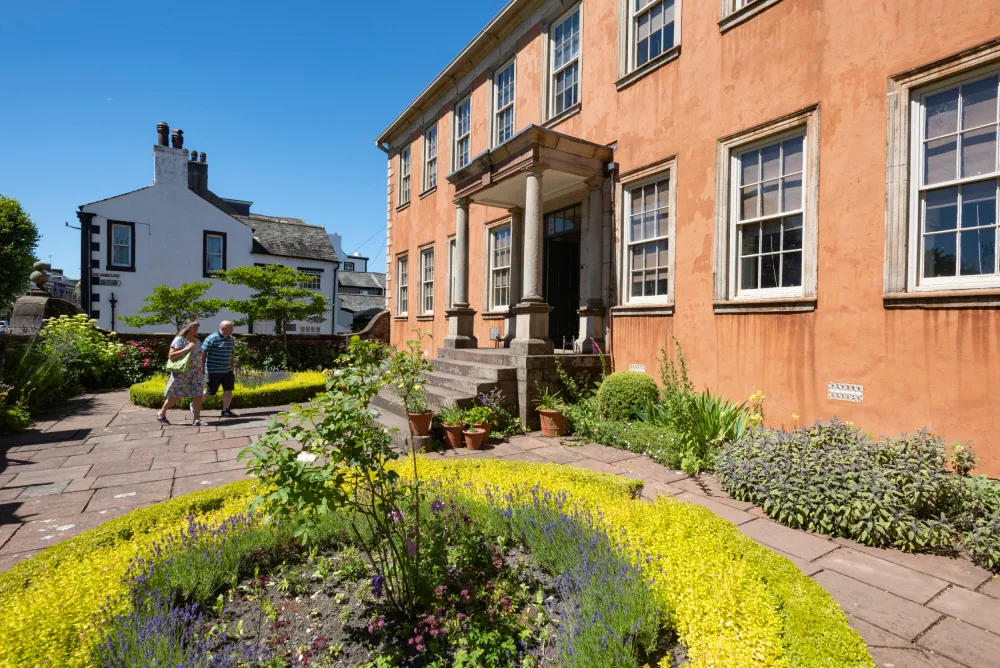
Climate change has provoked two severe floods at Wordsworth House, in 2009 and 2015. This has prompted some plants to be repositioned in the garden. For example, herbs have been moved from the rear garden to the walled garden where they will drain more quickly. Geraniums have been planted around the rose bed, rather than lavender, which would recover better from waterlogging.
A major challenge has been clearing the thick, sticky silt and debris deposited on the garden by flood water. It’s important to remove this quickly, particularly from the evergreen plants. We use soft conservation brushes to clear the foliage.
We balance history and the changes needed to adapt to climate by making sure we know where period-correct plants that are grown peat-free which helps care for the environment that Wordsworth so loved. We're preparing for the future by preparing for another extreme: long, dry summers.
Judith Teasdale, project curator at Hidcote Manor Garden, Gloucestershire
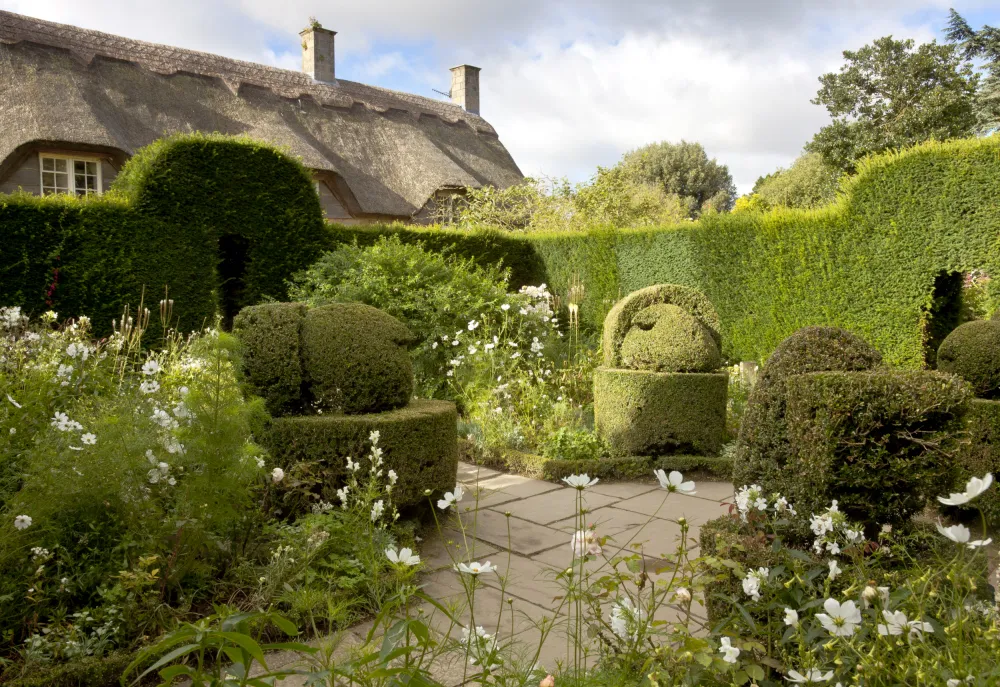
Our irrigation water management is now more conservative and targeted. The property has a good supply of harvested water, stored in tanks to maintain an adequate reservoir. We are making significant moves to reduce our carbon emissions including going peat free and reducing our reliance on petrol or diesel-powered equipment.
At Hidcote, we are fortunate because Lawrence Johnston – the creator of the garden – collected and grew many plants from Mediterranean climate regions, modifying the growing conditions in different parts of the garden to accommodate these. This gives us scope to adjust the composition of planting schemes, while continuing to use many of Johnston’s favourite or special plants.
The biggest challenge posed by climate change is an increasing frequency of abnormal weather events, such as high winds and storms and prolonged summer dry spells, causes stress and damage to many of our trees and shrubs.
Flic Archer, assistant head gardener Sheffield Park and Garden, East Sussex
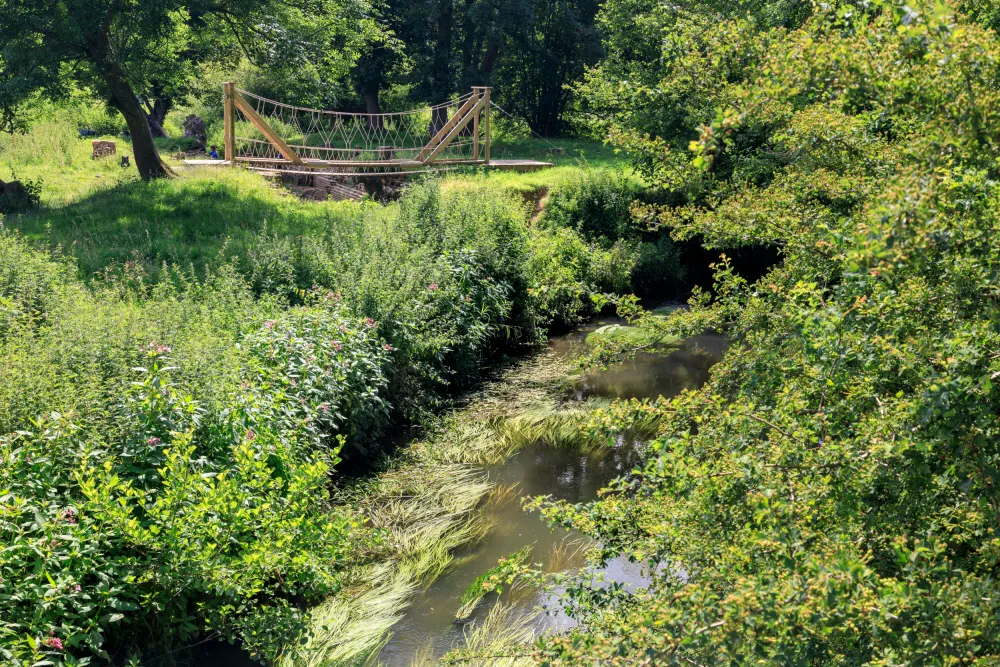
We must all be especially mindful of our practices, this includes reducing the amount of grass cutting we do. By leaving areas of long grass we encourage more wildlife including butterflies, bees and other insects into the garden. We try to undertake any new planting in autumn and where possible plant bare root, as they tend to have better root systems than a potted plant, therefore they establish quicker and importantly require less water.
The more extreme weather we seem to be experiencing, particularly the wet autumns and winters, have limited the type of work we can do. We have a clay soil so have to be very careful of compaction which is detrimental to the health of our trees. We’re working to balance the protection of the site’s heritage with the introduction of new techniques and management plans to protect against climate change effects.
Mike Buffin, garden manager at Waddesdon, Buckinghamshire
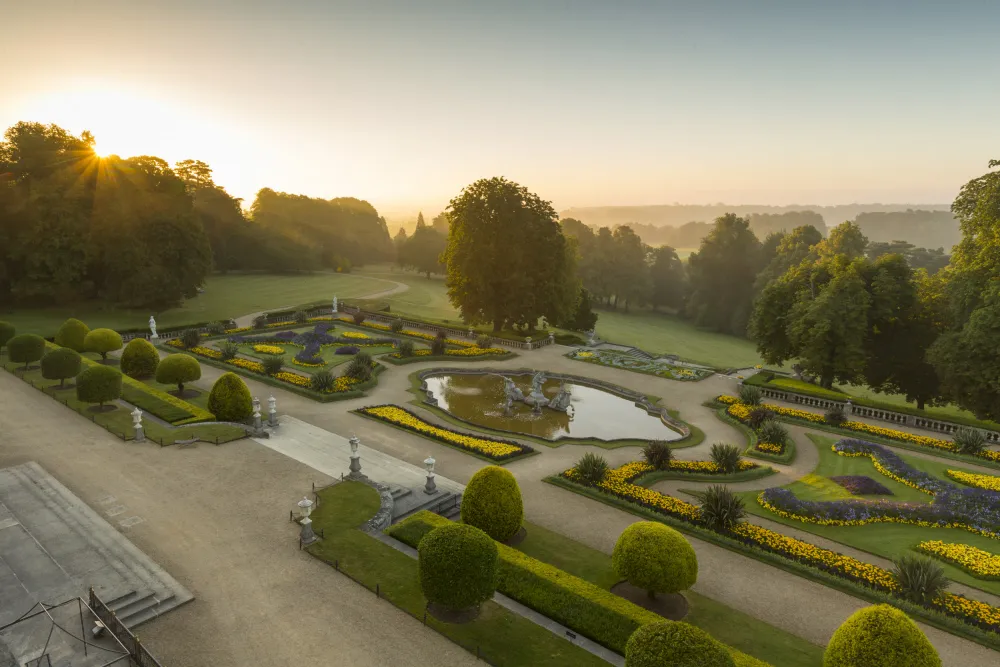
In order to adapt to the challenges of climate change and to reduce our carbon footprint, the team use a lot of battery-powered, rather than petrol, equipment and are looking into adopting solar to recharge this where possible. We keep water use to a minimum, watering is limited to evenings and lawns are not watered (this is true of many National Trust gardens). Greywater is already used but we are exploring how additional water could be harvested from the mansion roof. Mulching is increasingly being used to retain soil moisture which is likely to become more important in light of high summer temperatures and ageing trees.
Waddesdon recycles 100 per cent of its green waste. Anything that isn’t an annual is reused elsewhere in the garden or composted. More plants are now being grown onsite, to reduce the carbon footprint of buying in plants from external sources.
The garden’s renowned high Victorian bedding is a key part of its ‘spirit of place’, but in recent years some displays have had to be removed early because of disease due in part to poor soil health. To tackle this, yet retain authentic displays, the team are exploring using a 'bedding plant' crop rotation whereby beds are allowed to rest and are planted with ornamental green manures every three years. We have also implemented as best we can a ‘no dig’ policy to help recover soil health and make it better able to withstand extremes.
Looking for more ideas on how to grow in drought? Here's our list of drought tolerant plants.
